Introduction
Large wontons, known for their hearty fillings and delicate wrappers, are a beloved staple in Asian cuisine, particularly in Chinese and Southeast Asian cooking. These dumplings, often referred to as “big wontons” due to their generous size, offer a satisfying blend of textures and flavors that make them a comforting meal any time of day. While they may seem intimidating to prepare at first glance, mastering the art of boiling large wontons is achievable with patience, practice, and a clear understanding of the techniques involved. This article will guide you through every step of the process, from selecting ingredients to serving a steaming bowl of perfectly cooked wontons. Whether you’re a novice cook or an experienced home chef, this comprehensive guide will equip you with the knowledge to create restaurant-quality wontons in your own kitchen.
Understanding the Basics of Large Wontons
Before diving into the cooking process, it’s essential to grasp the anatomy of a large wonton. Typically, wontons consist of two primary components: the wrapper and the filling. The wrapper is a thin, square or round sheet of dough made from wheat flour and water, while the filling varies widely depending on regional preferences and personal taste. Common fillings include seasoned ground pork, shrimp, chicken, or vegetables like cabbage, mushrooms, and carrots. The key to a memorable wonton lies in balancing the flavors and textures of these elements, ensuring the filling is moist yet cohesive and the wrapper is tender but not soggy.
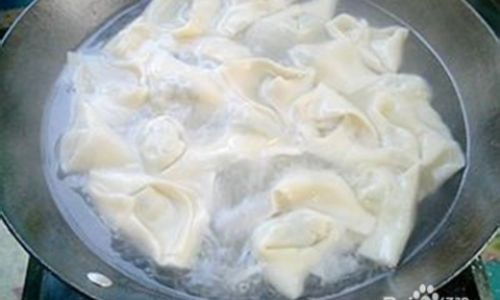
Ingredients and Tools You’ll Need
To cook large wontons, you’ll require a few essential ingredients and tools. Here’s a breakdown:
- Wonton Wrappers: Fresh or frozen store-bought wrappers work well, but homemade dough offers superior flavor and texture. If making your own, you’ll need all-purpose flour, water, and a pinch of salt.
- Filling: A mixture of ground meat (pork, shrimp, or chicken), aromatics (garlic, ginger), vegetables (cabbage, mushrooms), and seasonings (soy sauce, sesame oil, white pepper).
- Broth or Dipping Sauce: For serving, prepare a clear chicken or vegetable broth, or a simple dipping sauce made from soy sauce, rice vinegar, chili oil, and minced garlic.
- Tools: A large pot for boiling, a slotted spoon, a small bowl of water (to seal the wontons), and a cutting board or work surface for assembly.
Step 1: Preparing the Wonton Wrappers
If using store-bought wrappers, skip this step. For homemade wrappers:
- In a mixing bowl, combine 2 cups of all-purpose flour with ½ teaspoon of salt. Gradually add ½ cup of warm water, stirring until a dough forms.
- Knead the dough for 8–10 minutes until smooth and elastic. Cover with a damp cloth and let it rest for 30 minutes.
- Roll the dough into a thin sheet (about 1/16 inch thick) and cut into 3.5-inch squares or circles.
Step 2: Crafting the Filling
The filling is the heart of the wonton. Here’s a classic pork and shrimp recipe:
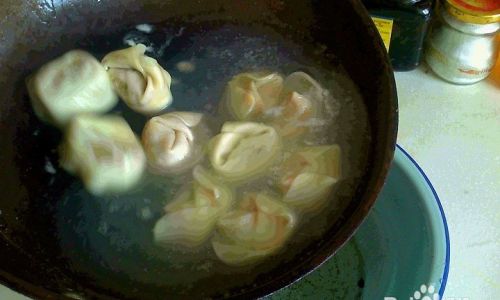
- In a bowl, combine 8 oz. of ground pork, 4 oz. of minced shrimp, ½ cup of finely chopped Napa cabbage (squeezed to remove excess moisture), 1 tablespoon of minced garlic, 1 tablespoon of grated ginger, 1 tablespoon of soy sauce, 1 teaspoon of sesame oil, ½ teaspoon of white pepper, and 1 egg (to bind).
- Mix thoroughly until the ingredients are evenly combined. For a smoother texture, use a food processor to blend the filling briefly.
Step 3: Folding the Wontons
Proper folding ensures the wontons hold their shape during boiling and prevents the filling from escaping. Follow these steps:
- Place a wrapper on your palm or work surface. Add 1–1.5 tablespoons of filling to the center.
- Dip your finger in water and trace the edges of the wrapper to moisten.
- Fold the wrapper diagonally to form a triangle, pressing out any air pockets and sealing the edges tightly.
- For a traditional shape, bring the two opposite corners of the triangle together and press them to adhere, creating a “nurse’s cap” appearance.
Step 4: Boiling the Wontons
Boiling is the most common method for cooking large wontons. Follow these guidelines for perfect results:
- Bring a Large Pot of Water to a Boil: Fill a pot with at least 6 cups of water and bring it to a rolling boil. Adding a pinch of salt or a splash of oil can prevent sticking.
- Cook in Batches: Avoid overcrowding the pot. Add 8–10 wontons at a time, stirring gently with a slotted spoon to prevent them from clumping.
- Monitor Cooking Time: Large wontons typically take 5–7 minutes to cook. You’ll know they’re done when they float to the surface and the wrappers appear translucent.
- Test for Doneness: Remove one wonton and cut it open. The filling should be cooked through, with no pinkness in the meat.
Step 5: Serving and Presentation
Once cooked, drain the wontons using a slotted spoon and transfer them to a serving bowl. Here are some serving suggestions:
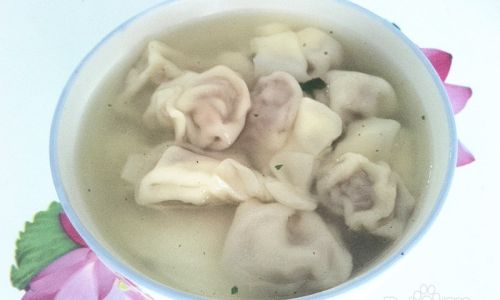
- In Broth: Ladle hot chicken or vegetable broth over the wontons and garnish with chopped green onions, cilantro, or a drizzle of chili oil.
- With Dipping Sauce: Serve the wontons alongside a small dish of soy sauce, vinegar, and minced garlic for dipping.
- Pan-Fried Option: For a crispy twist, pan-fry the wontons after boiling until golden brown.
Troubleshooting Common Issues
Even seasoned cooks encounter hiccups. Here’s how to address common problems:
- Sticking to the Pot: Ensure the water is at a rolling boil before adding wontons, and stir gently during the first minute of cooking.
- Filling Leakage: Overstuffing or poorly sealed edges are the culprits. Use just enough filling to allow the wrapper to seal completely.
- Tough Wrappers: Overkneading the dough or using too much flour can make wrappers chewy. Rest the dough properly and keep the work surface lightly floured.
Enhancing Flavor and Texture
Take your wontons to the next level with these tips:
- Add Aromatics: Infuse the broth with star anise, ginger slices, or garlic for depth.
- Experiment with Fillings: Try vegetarian options like tofu and mushrooms, or seafood combinations like crab and scallops.
- Finish with Garnishes: A sprinkle of toasted sesame seeds, a squeeze of lime, or a handful of fresh herbs can elevate the dish.
Storing and Reheating Leftovers
Leftover wontons can be stored for later use:
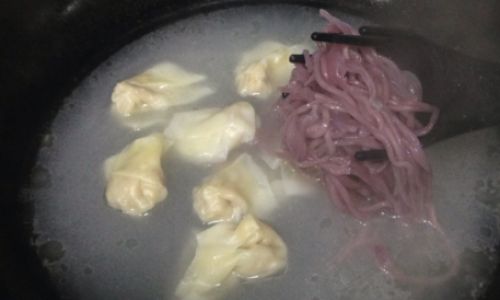
- Freezing: Arrange uncooked wontons on a baking sheet lined with parchment paper and freeze until solid. Transfer to a freezer-safe bag and store for up to 3 months. Boil directly from frozen, adding 2–3 minutes to the cooking time.
- Reheating: Gently reheat cooked wontons in simmering broth or a microwave-safe dish with a splash of water to prevent dryness.
Cultural Significance and Regional Variations
Wontons hold cultural importance in many Asian communities, often served during festivals, family gatherings, or as a comforting everyday meal. Regional variations abound:
- Sichuan-Style: Spicy wontons in chili oil, known as hong you chao shou.
- Cantonese-Style: Wontons in a clear, aromatic broth, often served with noodles.
- Japanese Gyoza: While technically a different dish, gyoza shares similarities with wontons and is often pan-fried.
Conclusion
Cooking large wontons is a labor of love that rewards the cook with a dish both nourishing and deeply satisfying. By mastering the techniques of wrapper preparation, filling balance, and proper boiling, you can create wontons that rival those from your favorite restaurant. Remember to experiment with flavors, embrace imperfections, and most importantly, enjoy the process. Whether served in a fragrant broth or paired with a zesty dipping sauce, homemade wontons are a testament to the joy of sharing a meal with loved ones. So, roll up your sleeves, gather your ingredients, and embark on a culinary adventure that bridges tradition and creativity—one delicious wonton at a time.


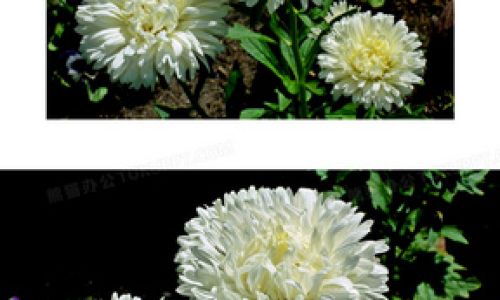
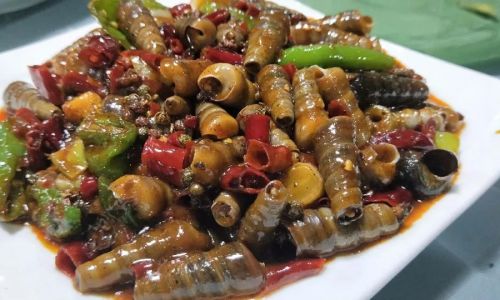
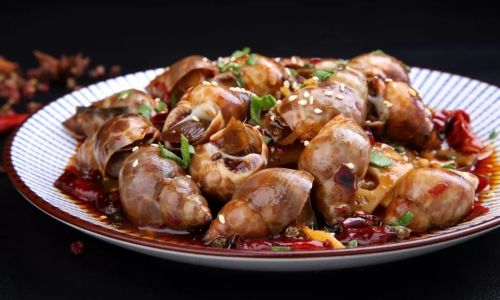
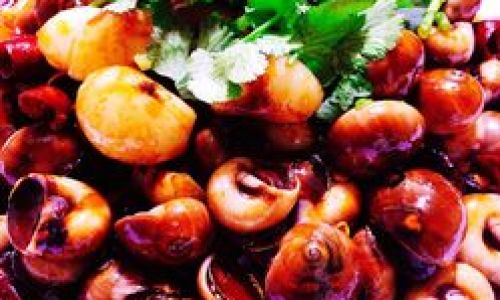
0 comments